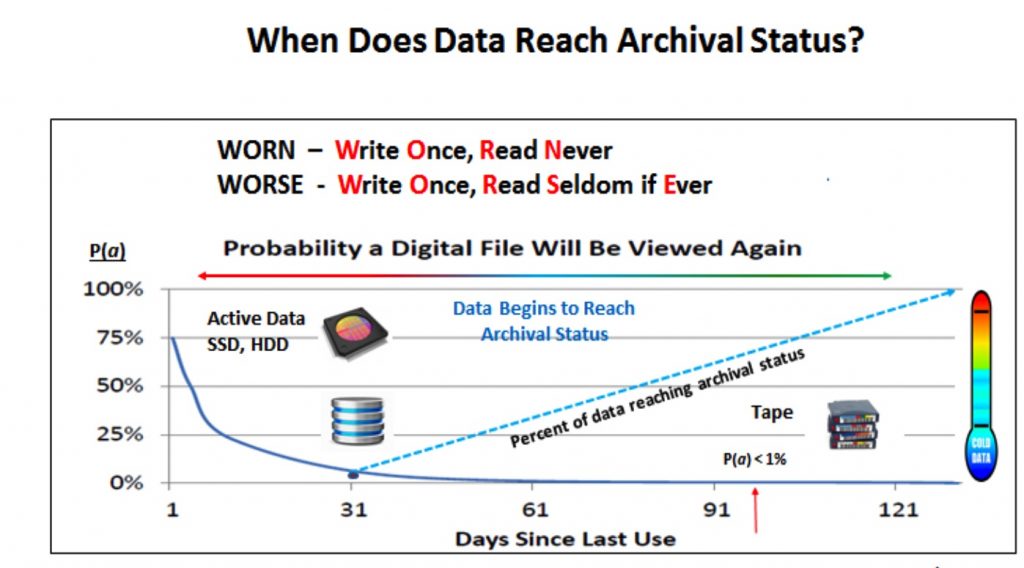|
Introduction: Electronic commerce, commonly known as e-commerce, has revolutionized the way businesses operate and consumers engage in transactions. With the advent of technology and the internet, e-commerce has experienced significant growth over the years, transforming traditional brick-and-mortar stores into digital marketplaces. This article explores the evolution of electronic commerce and its profound impact on the technological landscape. The Birth of E-commerce: The concept of e-commerce emerged in the 1960s when businesses started using Electronic Data Interchange (EDI) to exchange business documents electronically. However, it wasn't until the 1990s that e-commerce truly took off with the widespread adoption of the internet and secure online payment systems. Companies like Amazon and eBay became pioneers in this field, showcasing the potential for online shopping and creating a platform for sellers and buyers to connect globally. The Rise of Mobile Commerce: With the rapid proliferation of smartphones and mobile devices, e-commerce expanded further into the realm of mobile commerce or m-commerce. Mobile apps and optimized websites provided users with seamless shopping experiences, allowing them to browse products, make purchases, and track shipments on their mobile devices. This shift to mobile commerce led to an increase in consumer convenience, accessibility, and overall sales volume. Artificial Intelligence and Personalization: Artificial intelligence (AI) has played a significant role in enhancing the e-commerce experience. AI-powered technologies enable personalized recommendations, chatbots for customer support, and advanced data analytics for understanding consumer behavior. Through machine learning algorithms, e-commerce platforms can analyze vast amounts of data to offer tailored product suggestions, resulting in improved customer satisfaction and higher conversion rates. Blockchain Technology and Trust: Blockchain technology has emerged as a game-changer for e-commerce by addressing the challenges of trust and security. By decentralizing transaction records and ensuring immutability, blockchain technology enhances transparency and eliminates the need for intermediaries in verifying transactions. This has led to increased trust between buyers and sellers, especially in industries such as luxury goods and online marketplaces. Augmented Reality and Virtual Reality: Augmented reality (AR) and virtual reality (VR) technologies have transformed the way consumers interact with products in the e-commerce space. AR applications allow customers to visualize products in their real-world environments before making a purchase, while VR provides immersive shopping experiences by creating virtual storefronts and showrooms. These technologies bridge the gap between online and offline shopping, enhancing customer engagement and reducing product returns. Conclusion: Electronic commerce has come a long way since its inception, evolving with advancements in technology and shaping the digital landscape. The integration of artificial intelligence, blockchain technology, and augmented/virtual reality has further accelerated its growth, enabling businesses to provide personalized experiences, ensure security, and enhance customer satisfaction. As e-commerce continues to evolve, it will undoubtedly reshape traditional retail and redefine the way we shop in the future.  |
